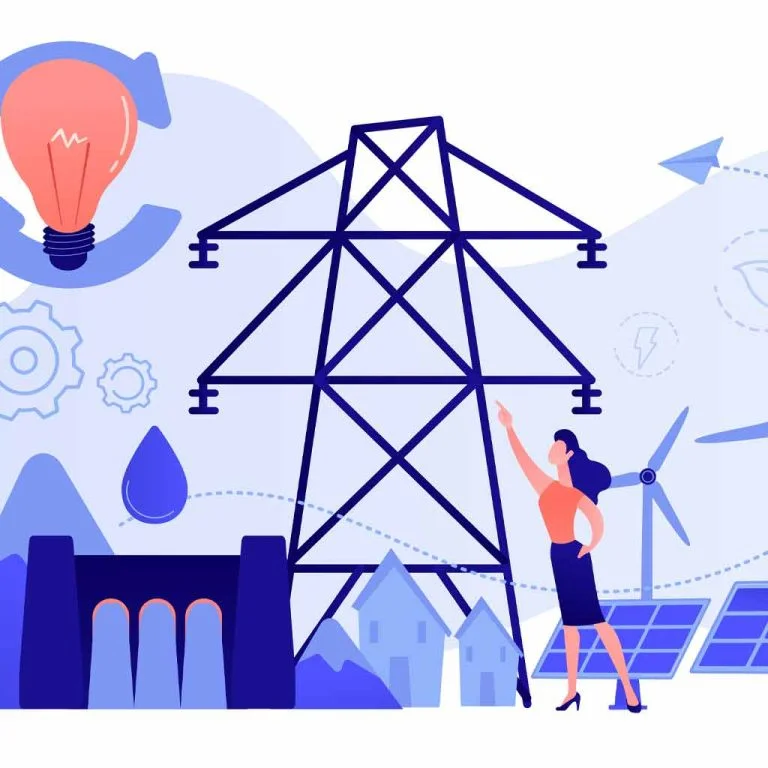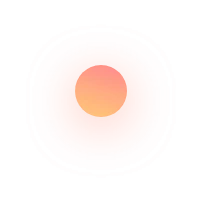Energy & Utilities Software Solutions
By providing software solutions tailored to the needs of energy and utility companies, our offerings help them achieve higher efficiency, reliability, sustainability, and customer satisfaction.
Whether through smart grid management, predictive maintenance, renewable energy integration, or data-driven decision-making, these software solutions enable utilities to navigate the challenges of an evolving energy landscape while contributing to environmental sustainability and regulatory compliance.
- End-to-end energy solutions from grid management to customer engagement
- Expertise in building platforms for utilities, renewable energy providers, and smart grid operators

We provide software solutions for a wide array of areas in the Energy & Utilities sector
Grid Management and Optimization
- Smart Grid Systems: Automate and optimize electricity distribution through real-time data analysis, reducing downtime, balancing loads, and improving delivery efficiency
- Demand Response Solutions: Manage peak demand by adjusting energy consumption across customers, controlling smart appliances and incentivizing usage reduction during high-demand periods
Renewable Energy Integration
- Energy Forecasting and Analytics: Predict renewable energy production from wind and solar by analyzing weather data and historical patterns for better grid integration
- Storage and Distribution Management: Optimize energy storage systems by determining when to store energy and when to discharge it, making the grid more flexible and efficient
Predictive Maintenance
- IoT and Sensor Networks: Collect real-time data from grid equipment to predict potential failures before they occur, enabling proactive maintenance and avoiding costly outages
- Asset Health Monitoring: Track performance and lifecycle of critical infrastructure from power plants to transmission lines, ensuring peak efficiency
Energy Management and Optimization
- Energy Efficiency Programs: Analyze usage patterns and identify areas for consumption reduction for both utility operations and end-users
- Optimization Algorithms: Balance energy supply and demand in real-time, minimizing costs and improving overall efficiency of generation and distribution
Smart Metering and IoT Solutions
- Smart Meters and Data Collection: Provide real-time data on energy usage for accurate billing, dynamic pricing, and consumption tracking
- IoT-Enabled Infrastructure: Monitor equipment like pumps, sensors, and valves to ensure proper functioning and make adjustments when needed
Customer Engagement and Support
- Customer Portals and Mobile Apps: Allow consumers to monitor energy usage, pay bills, schedule maintenance, and set energy-saving goals
- CRM Systems: Handle customer inquiries, complaints, and service requests with faster response times and personalized communication
Billing and Payment Automation
- Billing Software: Automate billing processes with accurate invoices based on real-time usage data and flexible payment options
- Revenue Cycle Management: Efficiently manage the revenue cycle from meter reading to payment processing, minimizing errors and reducing administrative costs
Regulatory Compliance and Reporting
- Regulatory Reporting Tools: Automate generation of regulatory reports, track key metrics, and audit energy consumption and emissions data
- Carbon Management: Track emissions across operations and integrate carbon management strategies including optimizing renewable energy generation
Cybersecurity for Critical Infrastructure
- Threat Detection and Prevention: Use machine learning and AI to detect anomalous activities and potential threats in real-time
- Data Security: Encrypt sensitive customer data and ensure compliance with privacy regulations such as GDPR
Energy Trading and Market Management
- Energy Trading Platforms: Trade energy in real-time on wholesale markets, ensuring supply and demand are balanced at optimal prices
- Market Analysis Tools: Analyze market trends, assess risks, and make data-driven decisions about energy procurement and pricing strategies
Sustainability and Decarbonization
- Sustainability Reporting: Track progress toward sustainability goals, analyze environmental impact, and generate reports for stakeholders
- Green Energy Integration: Optimize integration of renewable energy including forecasting, storage management, and real-time supply-demand balancing
Workforce and Field Service Management
- Workforce Scheduling and Optimization: Optimize workforce scheduling and dispatch for maintenance, repair, and installation services
- Mobile Applications for Field Staff: Access real-time information, log service updates, and communicate with central office for improved efficiency
Ready to Transform Your Energy & Utilities Business?
Partner with us to modernize your energy operations. Our innovative software solutions help you achieve higher efficiency, reliability, sustainability, and customer satisfaction across all aspects of energy and utility management.
Get Started Today




